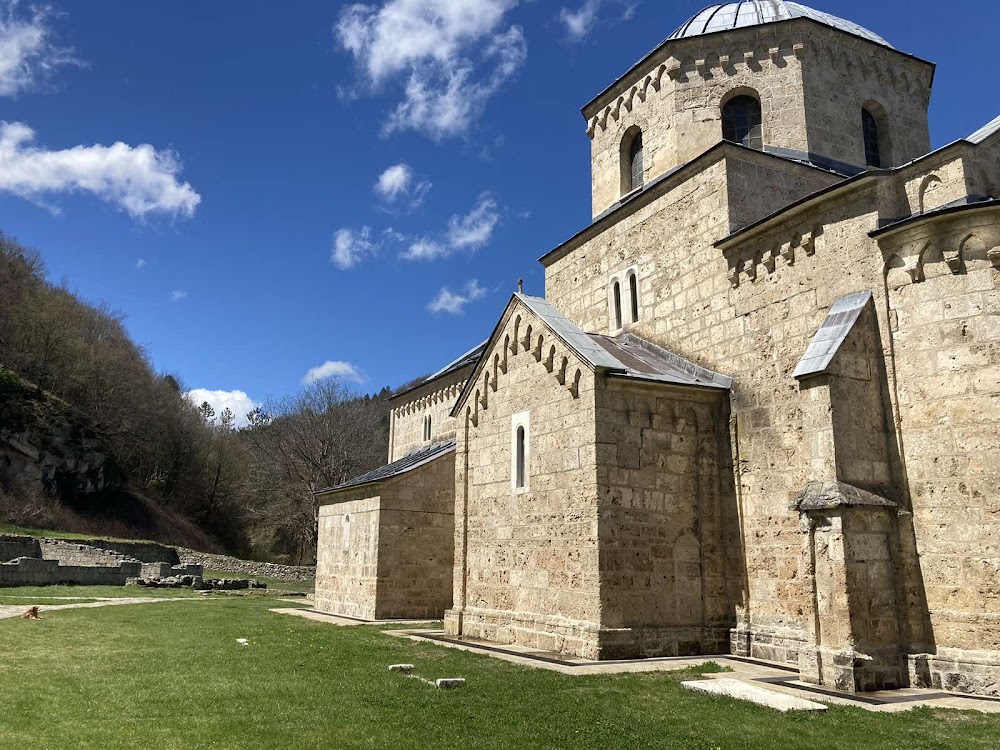Ras Museum (Музеј Рас)
Overview
The Ras Museum in the Raška District of Serbia is a captivating reflection of the region's rich history and cultural heritage. Nestled in the heart of Raška, this museum was established to preserve and celebrate the significant archaeological and ethnographic treasures of Serbia, making it a must-visit destination for history enthusiasts and curious travelers alike.
The journey to create the Ras Museum began in the mid-20th century, spurred by local historians and archaeologists who recognized the urgent need to protect the multitude of artifacts unearthed in the area. Known as Old Ras, the Raška District has historically served as a political and cultural hub of medieval Serbia. With a strong commitment to safeguarding this legacy, local government and cultural organizations banded together to create a museum that would honor their past and educate future generations.
Construction of the museum commenced in the 1970s, with architects and engineers striving to design a building that would harmonize with the region's traditional architecture while effectively housing its rich collection. The resulting structure features a seamless blend of modern and traditional elements, creating a welcoming atmosphere that reflects the historical significance of its exhibits.
Once the building was completed, the museum's curators set to work assembling a diverse collection of artifacts. The founding collection includes items from various archaeological sites across the Raška District, showcasing ancient tools, pottery, and remnants of medieval fortifications and churches. These artifacts provide a fascinating glimpse into the region's history, spanning from prehistoric times to the medieval era.
A highlight of the museum is its medieval Serbian state exhibit, which features an impressive array of coins, weapons, and everyday objects used by the people of that time. Additionally, intricate religious artifacts and manuscripts underscore the profound influence of the Serbian Orthodox Church on the region's cultural development.
Beyond its archaeological treasures, the Ras Museum also offers ethnographic exhibits that delve into the traditional way of life in the Raška District. Visitors can explore displays of traditional clothing, tools, household items, and local craftsmanship, gaining a deeper understanding of the customs and celebrations that have shaped the lives of the region's inhabitants over the centuries.
The museum places a strong emphasis on education and community engagement, regularly hosting workshops, lectures, and interactive exhibits designed to inform both locals and tourists about the cultural heritage of the Raška District. These programs are particularly popular among school groups, providing young learners with a tangible connection to their history.
In recent years, the Ras Museum has embraced modern technology to enhance the visitor experience. With interactive displays, multimedia presentations, and virtual tours, guests can engage with the collections in innovative ways, gaining a richer understanding of the artifacts on display.
As a proud guardian of the Raška District's heritage, the Ras Museum plays a vital role in preserving and promoting the history and culture of this significant region. It serves as a window into the past while fostering a sense of pride and identity among the local community, ensuring that this rich cultural legacy endures for generations to come.







